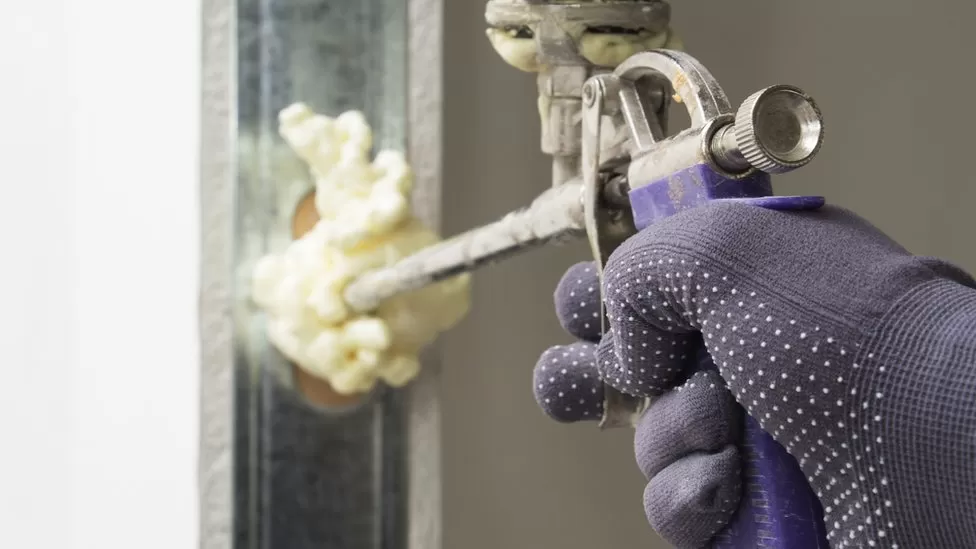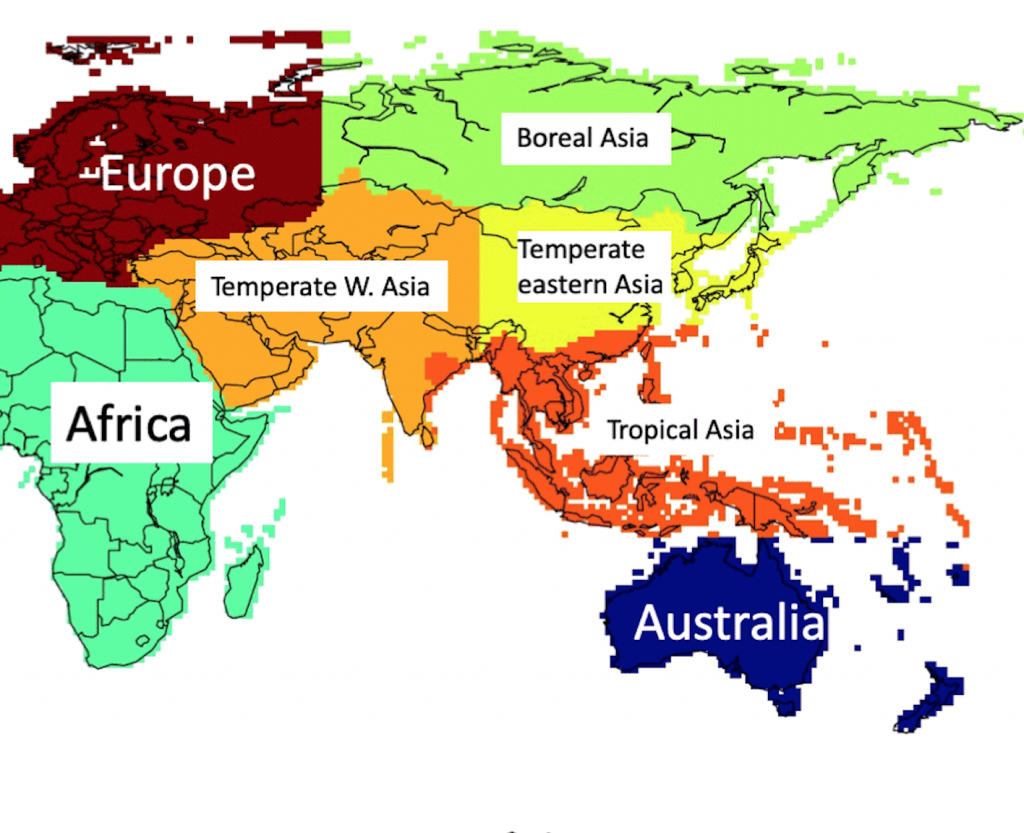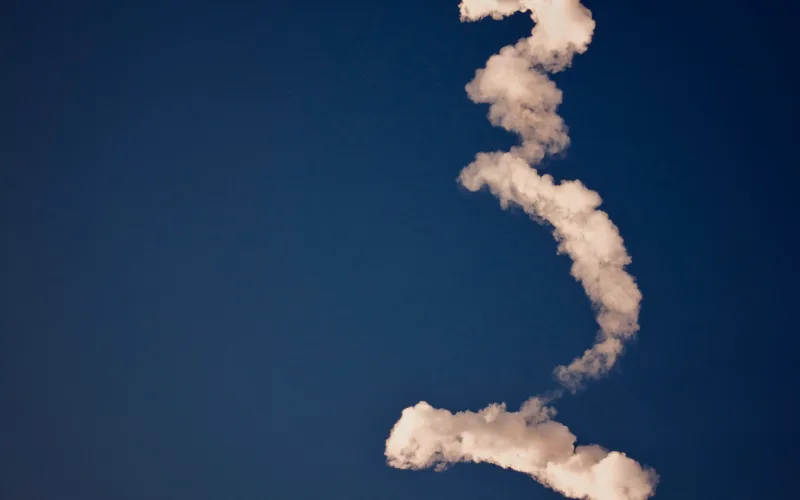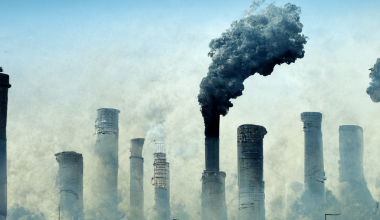Last Updated on May 14, 2024 by Ecologica Life
In the 1980s, a hole in the ozone was discovered over Antarctica. Scientists quickly realised that this hole was due to the global manufacture and usage of ozone destroying chemicals such as chlorofluorocarbons (CFCs). CFCs were everywhere, from hairspray to military systems. CFCs, when they were discovered, were thought to be the wonder chemicals of the modern world, instead they were causing unknown ozone loss.
It was quickly discovered the CFCs could destroy ozone in the upper atmosphere. Scientists, institutions and governments quickly came together worldwide and banned the use of CFCs in an agreement known as the Montreal Protocol on substances in 1987.
This agreement is likely to date the most successful global environmental international treaty that has ever existed. Indeed, recent data shows that the hole in the ozone has been getting smaller, and is predicted to make a full recovery by 2070… If nobody violets the Montreal Protocol.
Violation of the Montreal Protocol
In 2018 a study was released that shocked the world. For the first time since the Montreal Protocol was signed, CFC emissions, specifically CFC-11 (trichlorofluoromethane), began to rise again between 2010 and 2018. This shook the world because the manufacture CFC-11 was supposed to be banned as of 2010. The search for the source or sources of the new CFC emissions, was on.
Scientist managed to locate 40-60% of the source of the new CFC emissions to China. All eyes were on China now to see if and what action they would take to amend this violation.
China began to crackdown on the sources of manufacture of CFC-11. What they discovered was that it was foam-makers (used in home insulation) who were using the illegal substance, and they were buying it from shady producers and distributors.

New research suggests that China’s crackdown of the CFC-11 worked, as CFC emissions globally and in China are now falling below levels seen before the years where the increase in CFC-11 happened.
However authorities need to maintain a continued effort, because even though the manufacture of CFC-11 has dropped, it was still embedded in large quantities in foams and gases between 2013 and 2019, which has not yet been emitted into the atmosphere.
Buildings all around China and the rest of the world contain this foam. The Environmental Investigation Agency (EIA) cautions that if this foam is not found and disposed of properly, it may progressively emit up to 3.4 billion tonnes of CO2 – about the amount of the European Union’s annual CO2 emissions.
What about the rest of the new CFC emissions?
New data from 2022 has shown where the new CFC emissions from 2012-2017 have come from. While 40-60% of increased came from eastern China, there was also significant increases from temperate western Asia as well as tropical Asia.

Unfortunately, these regions cover very broad areas across several countries. Making coordinated effort like that seen in China harder because the sources are not well known. The only solution to fighting against the new emissions is to set up additional air sampling locations regions such as Asia, Africa and South America that are vastly under sampled.
If additional sampling locations are not set up, then the ozone layer will have a harder and longer recovery time. CFCs are also potent greenhouse gases that promote global warming. Let us hope that scientists, institutions, and governments can once again come together to tackle this problem, for the sake of the protection of the ozone
Path to recovery
According to a yearly examination of air samples taken from remote locations throughout the world. There has been a steady drop in global emissions of ozone-depleting substances.
Early in 2022, the overall concentration of substances that deplete the ozone in the mid-latitude stratosphere had fallen just over 50% back to levels observed in 1980. This is a significant milestone says scientists at the National Oceanic and Atmospheric Administration (NOAA). It is thanks to international cooperation and compliance to the Montreal Protocol over three decades that this has been achieved.
Stephen Montzka, senior scientist for NOAA’S Global Monitoring Laboratory, said “It’s great to see this progress. At the same time, it’s a bit humbling to realize that science is still a long way from being able to claim that the issue of ozone depletion is behind us.” If we continue monitoring closely the situation and being proactive in the protection of the ozone, then the atmosphere over the southern hemisphere and south pole should make a full recovery by 2070.








